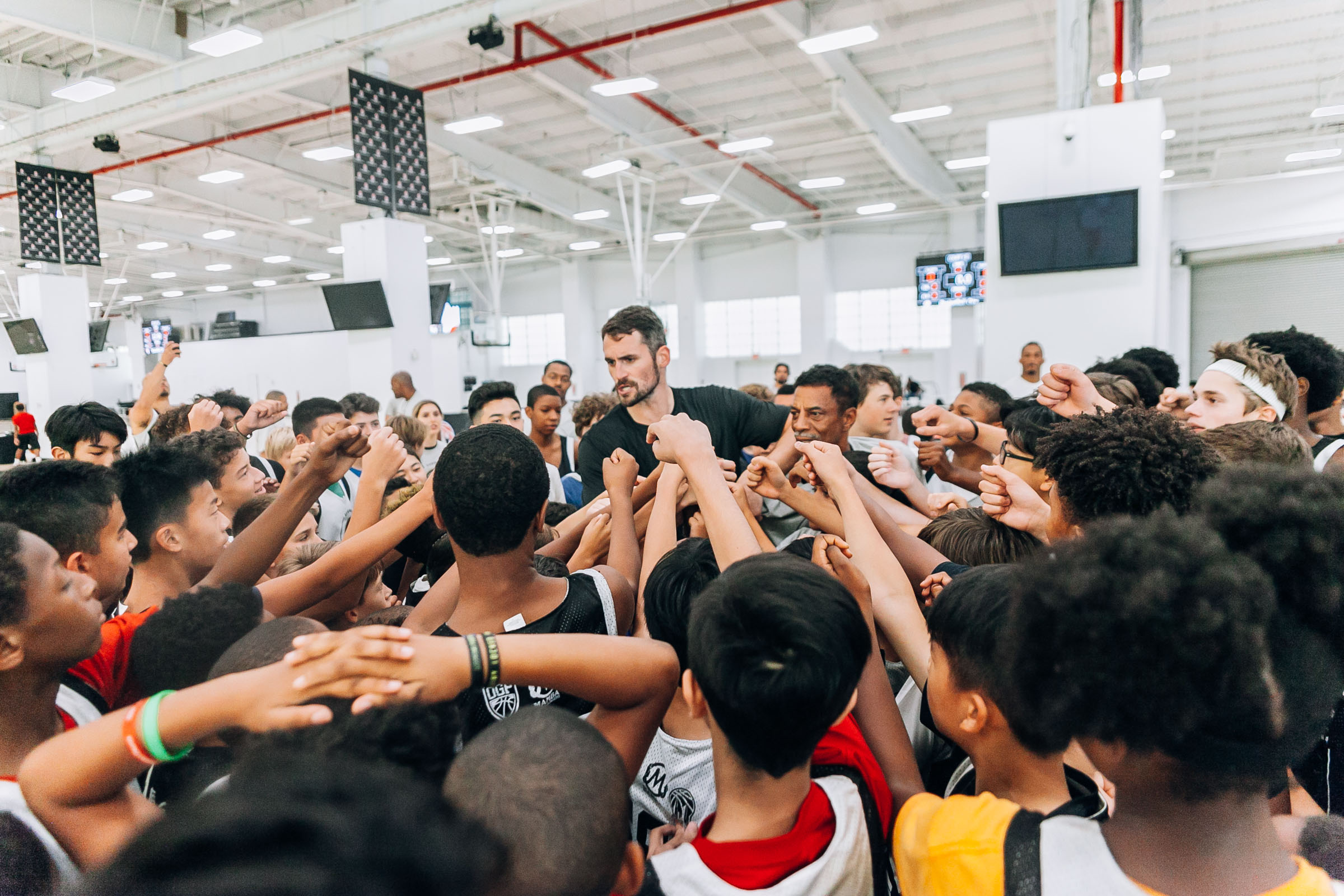Parents’ Guide to Helping with Injury at Home
Quarantine and the isolation that has ensued as part of the recent COVID-19 pandemic has been a difficult adjustment for everyone. Kids in particular have been robbed of many of the social and physical benefits of organized sports and the physical activity that accompanies school attendance. In a world that has seemingly gone virtual, getting outside and exercising or playing a sport has been incredibly therapeutic for all ages. As children begin to return to organized and recreational activity both at home or in a community setting, injuries will occur, and rehabilitation will often need to occur at home under the supervision of parents. It is important that parents feel comfortable playing an active role in this process. As such, I have put together a list below of 5 tips to aid parents in the supervision of rehabilitation from injury at home.
- Consider participating in tele-physical therapy from home where a trained physical therapist can virtually supervise your rehabilitation program 1-2 days per week. Virtual PT has several advantages, the first of which is one on one dedicated attention for the entire session. Additionally, utilizing the equipment you already have at home eases the transition to a sustainable home exercise program once your organized sessions have finished. Finally, virtual PT has a greater focus on strength and flexibility given the inability to provide modalities with a lack of a physical presence.
Consistency is a priority. It can be helpful to link reminders regarding rehab to a specific daily activity. Reminders in the form of post-it notes and phone alarms can also be helpful. Maintaining a log creates accountability for consistency as well as a sense of accomplishment and progress. Parents should be supportive and collaborative in this process: “I’m going to work with you to figure out how to do your program consistently.”
Exercise more than just the injured area. Nearly all athletes can benefit from core strengthening and cardiovascular fitness. These aspects of training should not be neglected when the focus shifts to the injured region. Home rehab programs should prioritize strength, flexibility with good technique, even in the setting of fatigue. It is also important to include functional movement patterns (squats) rather than single muscle group exercises (knee extensions). As rehabilitation and strength progresses, exercises can be incorporated that emphasize appropriate sequential muscle activation in a more sport-specific fashion. Finally, there are many home strengthening apps that have emerged over the past year to add some variety to the routine and keep kids engaged. These short classes can even be done together as a family.
Take advantage of the opportunity to work on sports specific skills that normally receive less attention. If a young basketball player is suffering from an injury involving their dominant upper extremity, now is the time to work on non-dominant hand dribbling and ball-handling skills. If a baseball outfielder is rehabbing a throwing arm injury, now is a great time to work on the speed and agility required for base running. Lack of teammates to challenge and push you in a simulated game setting during the rehab process is challenging, but this can also be a time to work on individual skills like free throw shooting.
Return should be gradual. Athletes first need to demonstrate high-quality pain free sports specific movement patterns before resuming any sort of organized practice. They need to have met their strength and endurance-based rehab goals. Return to practice should be gradual and closely monitored. Game activity should only be permitted once pain-free full practices are being tolerated. Thereafter, return to competition should also be gradual with return to partial games prior to full games.

